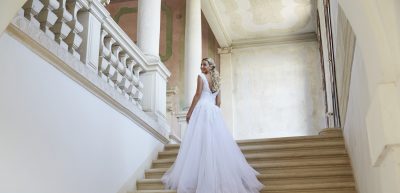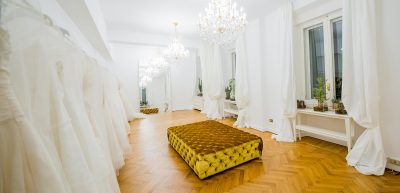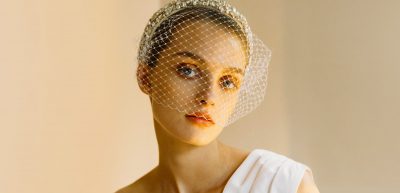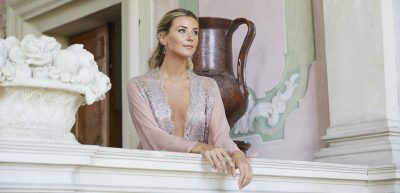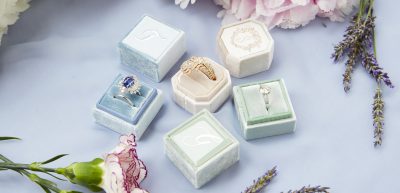chronicles Fashion & Beauty
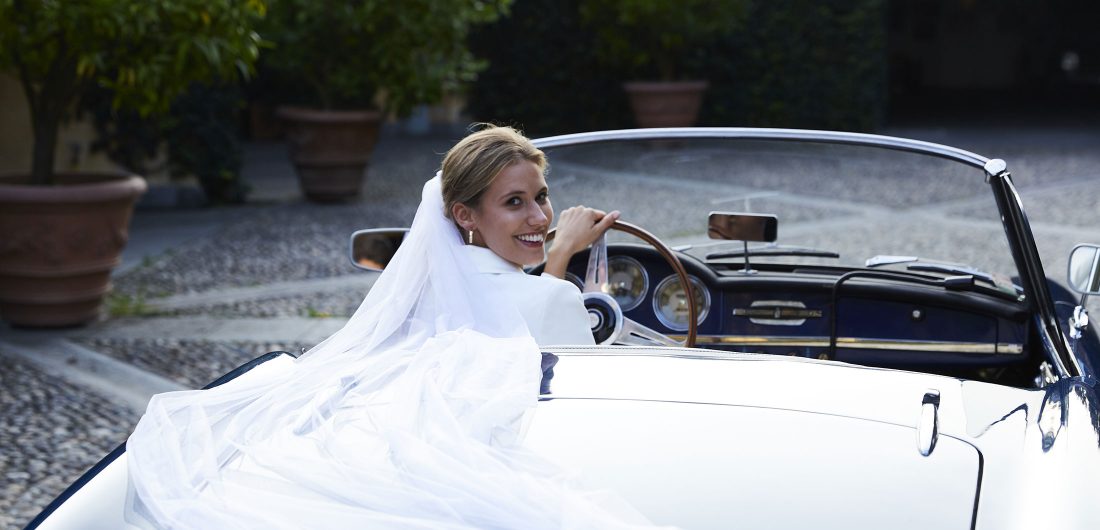
Wedding Veils
How to choose the best one
Top tips and advice to help you choose the right wedding veil for your dress
by Giorgia Torsello
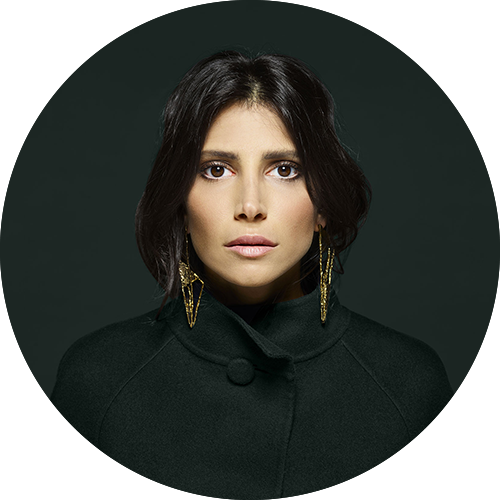
Dating back to the Greek and Roman times, wedding veils are the most traditional part of the bridal ensemble. Today, brides observe this tradition in a modernized way, with the wedding veil used as more of a fashion accessory instead of for its symbolism.
Once you have found the perfect dress and defined your hairstyle, it’s important to make your choice of veil, making sure it’s consistent with the style of your wedding. For example, if you’re planning on having a civil wedding at a town hall, then it’s advisable not to wear a veil, if not a very simple one; the same applies if this is your second wedding – it’s best to avoid one.
The charm of wedding veils is undeniable. It completes your dress and adds a touch of drama to your look. Going overboard is a common mistake that many brides make. Here are our expert tips to help you choose the right veil for the right dress.
A Heavily Embellished Wedding Dress
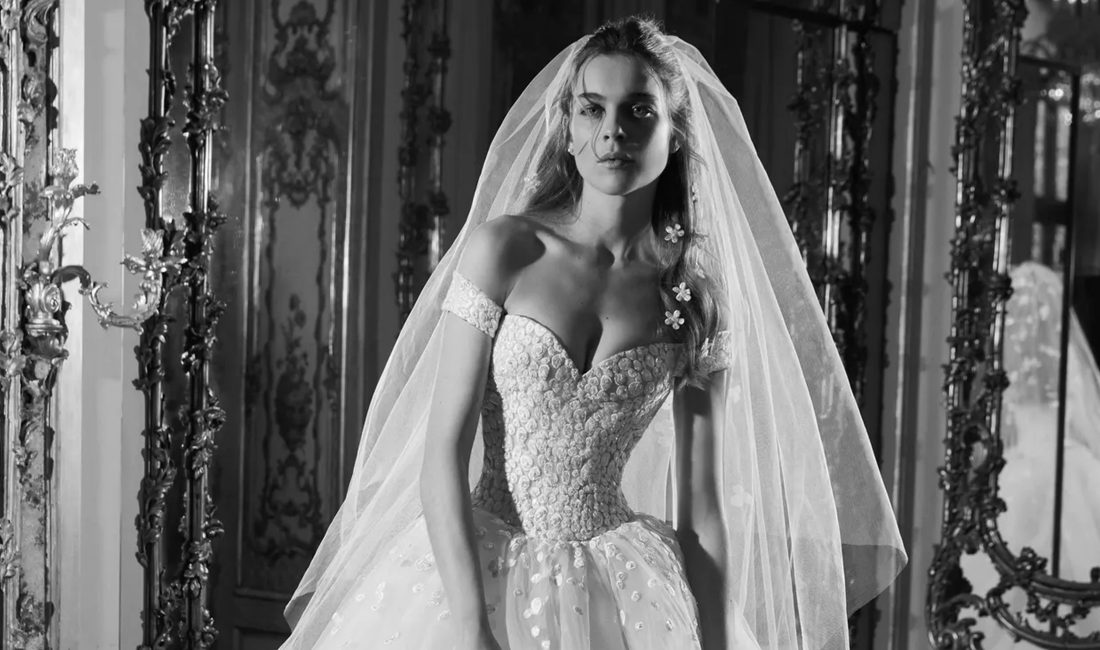
If you’re a bride-to-be with a sweet and dreamy soul and have your heart set on a heavily embellished dress, your choice will be somewhat limited. You should find a simple, light and ethereal cathedral-length veil in tulle that twinkles as you walk down the line, possibly with minimal matching embroidery along the edge.
A Simple and Sophisticated Wedding Dress
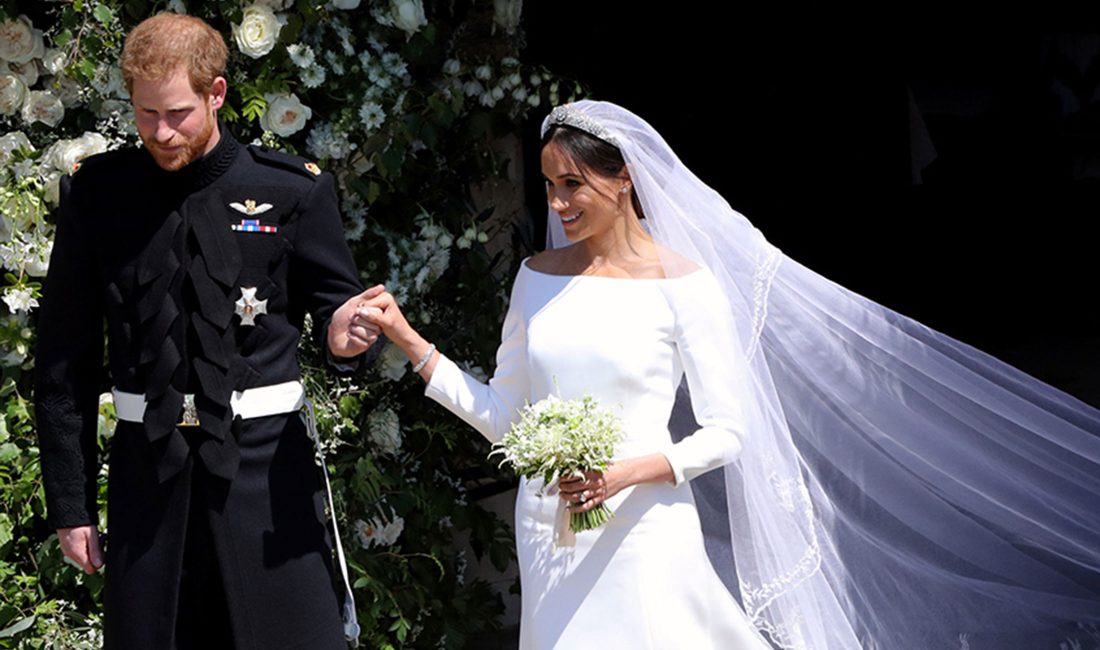
If you want pure elegance and no frills, and if your planned wedding style allows, you can amp up the drama and splendor with the use of a veil. An angel cut trimmed in crinoline or organza is a good choice. You could also have a mantilla veil with touches of light lace.
A Short Wedding Dress
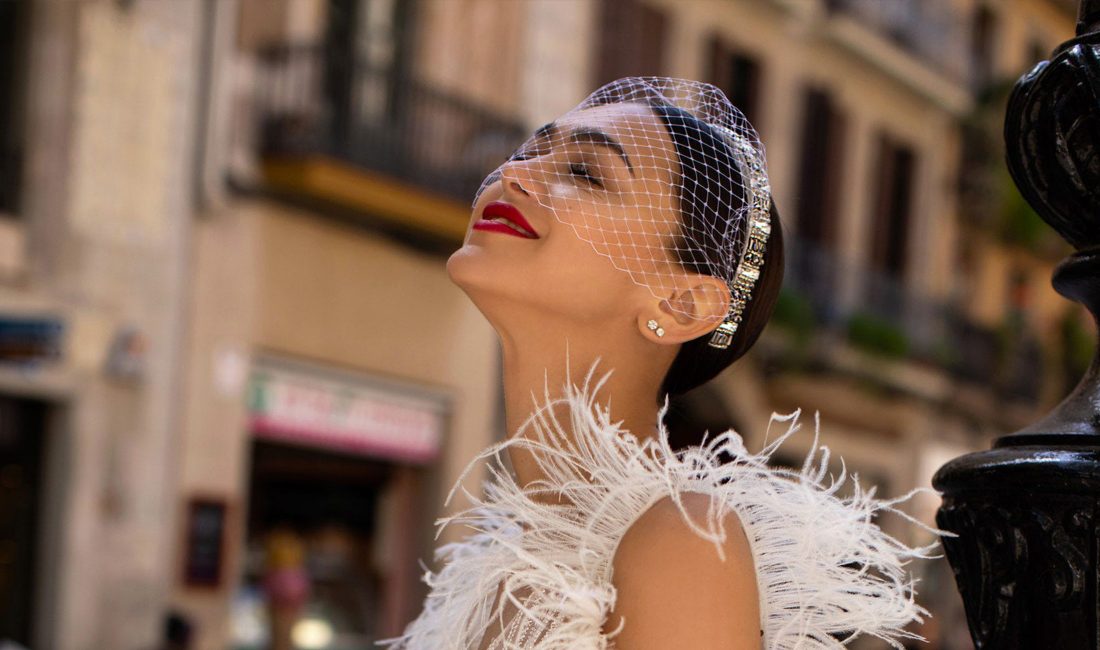
The shorter the dress, the shorter the veil. If you’re going for a knee-, tea-length or mini dress, you should choose an equally short and sober veil, in particular if you’re having a city ceremony. Young brides can opt for a shoulder-length veil, perhaps layered, with blusher.
A Gown With a Long Train
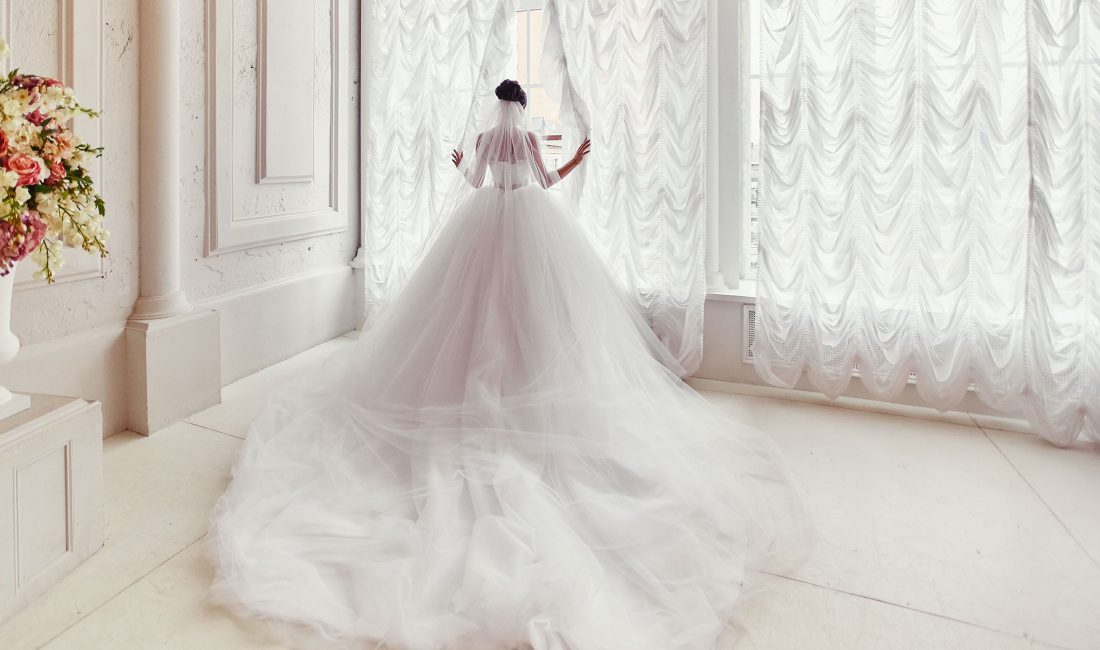
If your gown has a long train, you’ll be able to wear virtually any type of veil – unless your dress has a lot of back detail, that is. A light-weight cathedral veil is a great choice. If you’re having a proxy wedding, you could opt for a Royal veil with embroidery.
A Wedding Dress with an Open Back
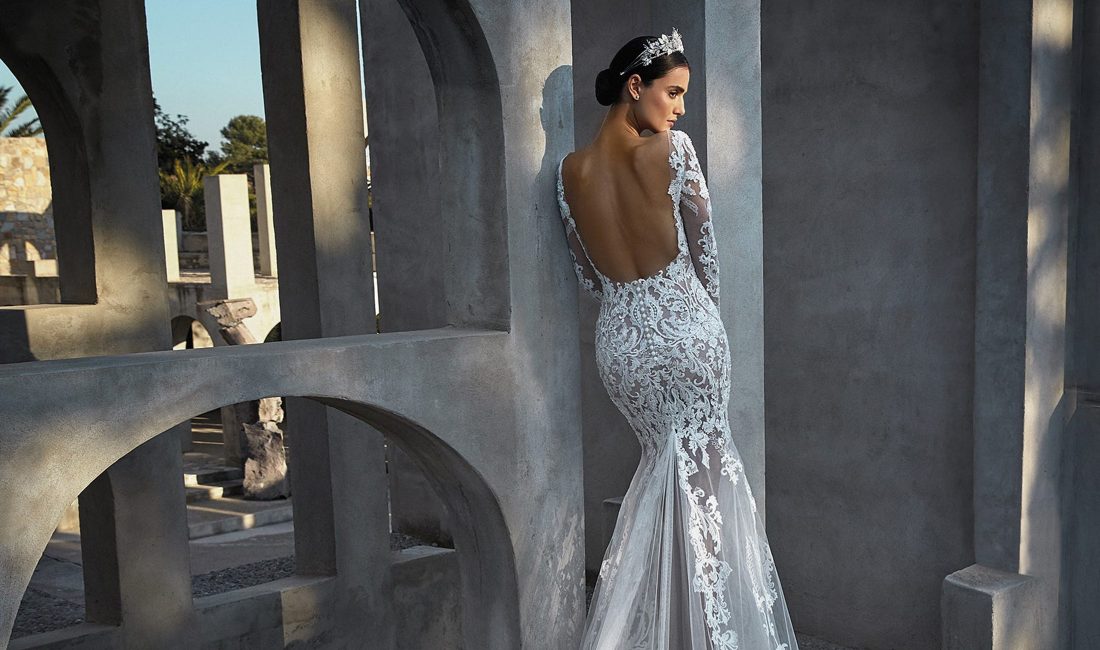
If you’ve chosen a wedding dress with a plunging back, you should probably steer clear of a veil to enhance the beauty of your back. However, if you’re having a church wedding, you could wear a simple cathedral veil without any accents (pearls, lace or crystals) in the body of the veil. Make sure you avoid multiple layers of fabric too.
A Mermaid Dress
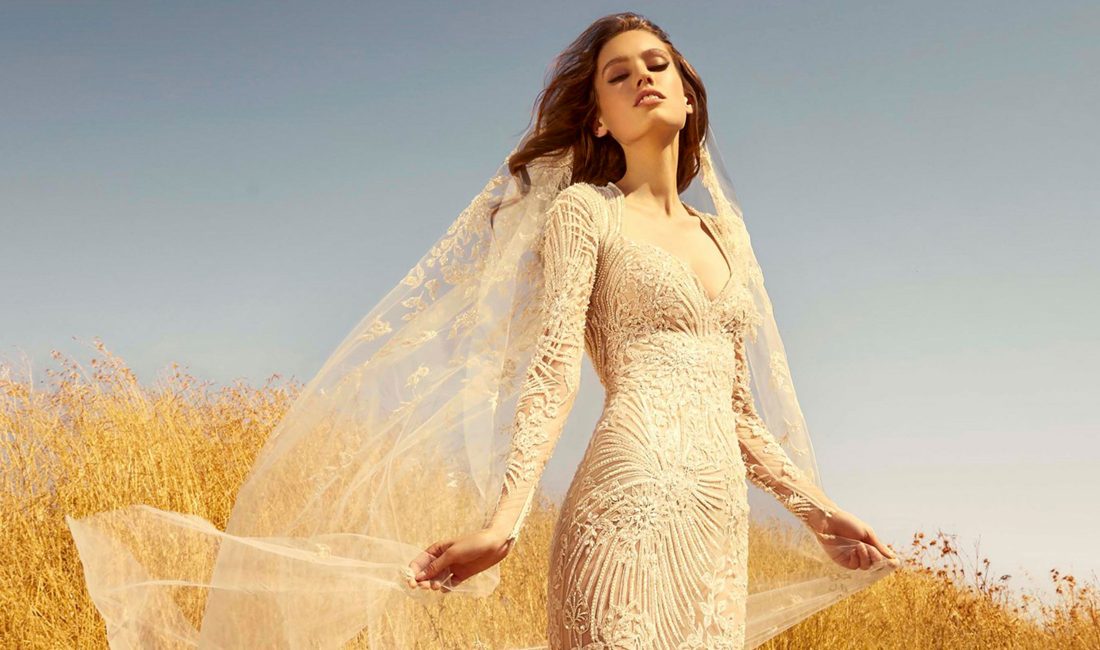
Mermaid dresses – hugely popular these days among young brides – go well with all manner of veils, whether a long Juliet Cap, short, elbow-length, waltz, layered, square-cut, with or without blusher, made of lace, tulle or embroidered organza.
A Boco-Chic Wedding Dress
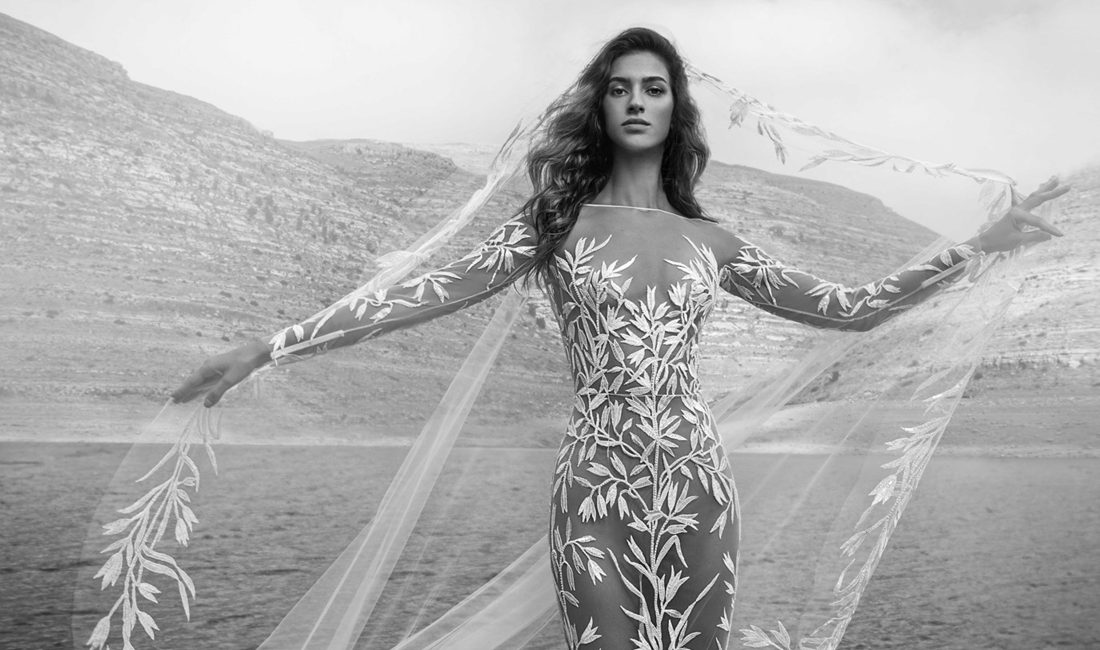
If you’re having a deeply romantic, free spirited ceremony with ethnic touches, try and choose a chapel veil that matches the fabric of your dress. Whether you’re getting married on the beach or in a garden, the veil should be of the right length and not too cumbersome. Alternatively, you could go for a mantilla veil of the same length.

